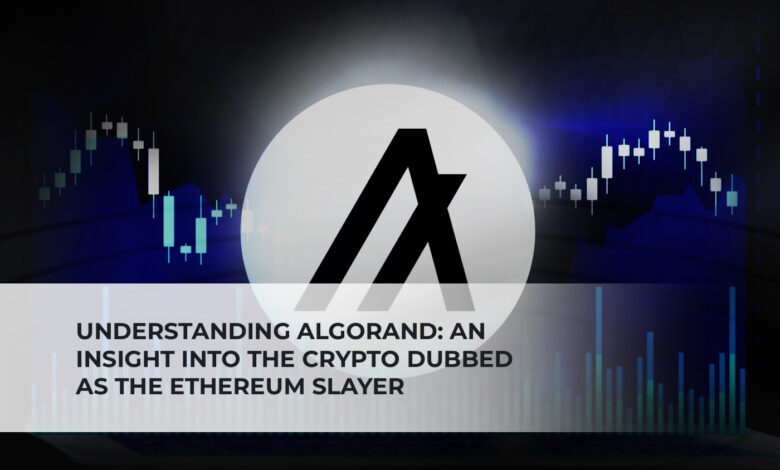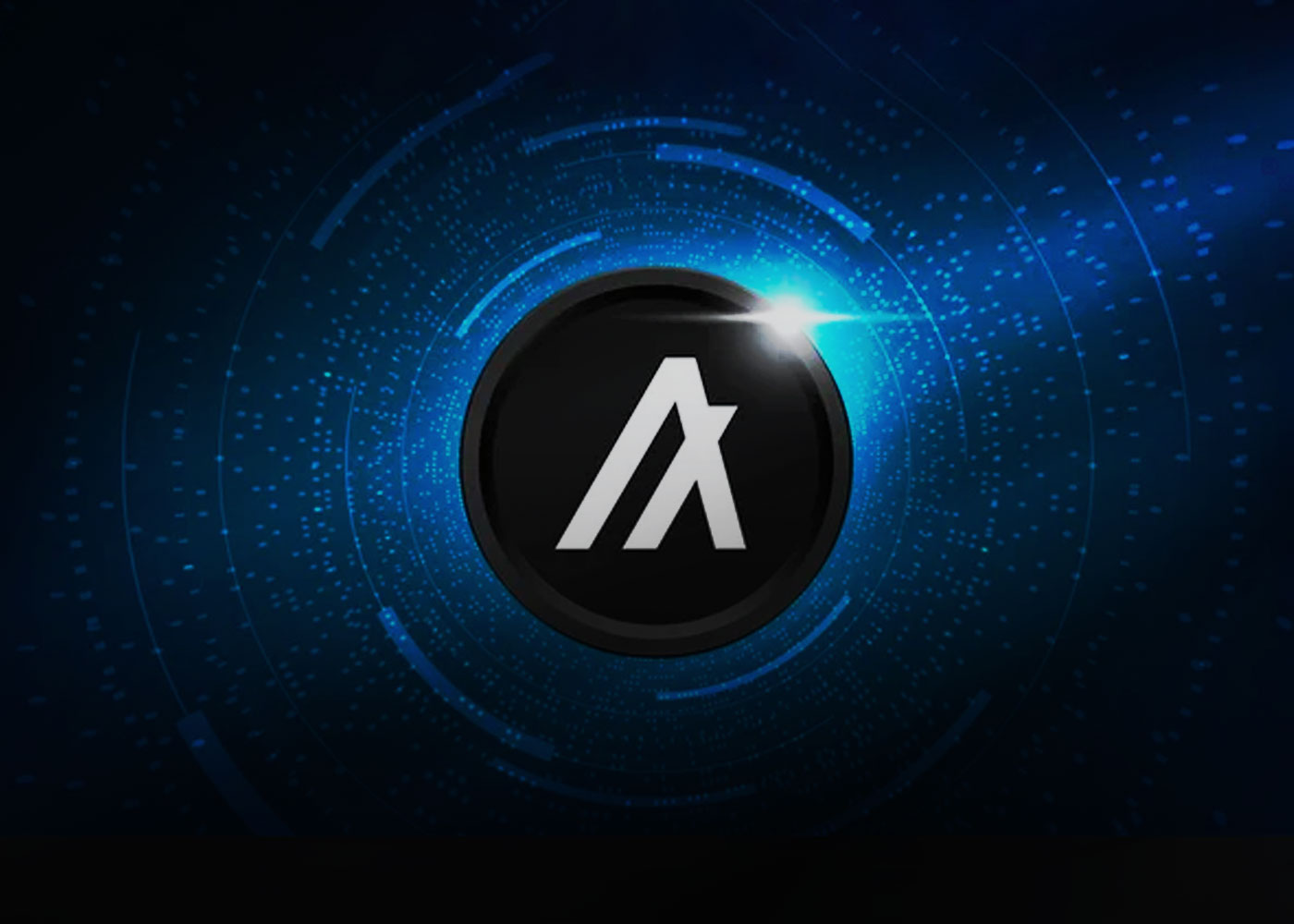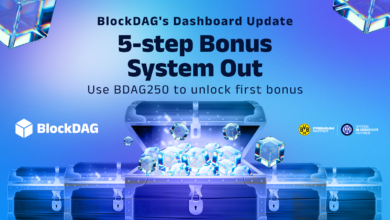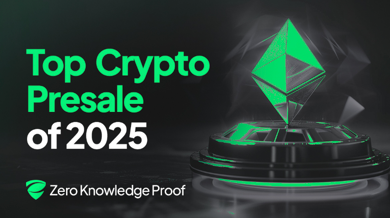
Algorand is a self-sufficient, decentralized blockchain-based network that can be used for various purposes. These systems are secure, scalable and efficient, essential for effective real-world applications. To develop new types of trust, Algorand will support computations that require reliable performance guarantees.
The Algorand main network became active in June 2019 and can handle approximately 1 million daily transactions by December 2020. Transaction statistics for Algorand are available here. Algorand Initial Coin Offering (ICO) took place in June 2019 with a token price of $2.4.
Who Founded Algorand?
Silvio Micali is a professor of computer science at the Massachusetts Institute of Technology and the inventor of Algorand. In 2012, he received the Turing Award for his significant contributions to the theory and practice of secure two-party computing, electronic payments, cryptocurrencies and blockchain protocols. This makes him one of the world’s leading crypto innovators.
Why is Algorand Different?
Algorand was developed to speed up transactions and increase efficiency in response to the long transaction times of Bitcoin and other blockchains. Because it is based on a pure permissionless proof-of-stake (PoS) blockchain protocol, Algorand has lower transaction fees and operates without mining (unlike Bitcoin’s energy-intensive method).
How Compatible is Algorand with Ethereum?
The Algorand Foundation announced a $10 million grant to Applied Blockchain on February 17, 2022, to build the London Bridge, a trusted bridge that enables the interoperability of the Algorand blockchain and Ethereum. Despite the promise of low-cost transactions, minimal latency, and excellent scalability, Algorand has struggled to attract liquidity to its ecosystem. If Algorand had a bridge to Ethereum, currently the most advanced DApp ecosystem, it could connect with these applications and attract additional liquidity. In the long term, the Algorand Foundation hopes to enable the verification of smart contracts from other chains by adding proofs of state in the form of Compact Certificates to the Algorand Consensus. The foundation’s ultimate goal is to unify the DeFi ecosystem in Algorand.
Algorand’s Staking Mechanism: Pure Proof-of-Stake.
Algorand implements a proof-of-stake method called Pure Proof-of-Stake (PPoS). PPoS is a highly democratized PoS consensus method with low network participation and security requirements: only one ALGO token is required to participate. In contrast, Ethereum 2.0 requires a minimum investment of 32 Ether (ETH), which is a significant disadvantage for customers.
On the other hand, a low minimum investment requirement can be detrimental to network security, as network members may be less likely to behave correctly if they have not invested significant amounts of money into the network.
Creation of Algorand Blocks In proof-of-stake-only networks, PPoS validator nodes are randomly selected to validate transaction data in a block. The Algorand PPoS consensus process involves a two-stage approach for block generation, consisting of bidding and voting.
Any member of the Algorand network can participate in the bidding and voting process by using ALGO and generating a valid participation key. A relay node is an Algorand network node that enables the communication between participating nodes but does not propose or vote.

ALGO is Algorand’s native cryptocurrency.
ALGO is Algorand’s native cryptocurrency and an important part of the network structure. As part of Algorand’s unique protocol architecture, the benefits offered to validators for creating blocks are shared and distributed among all currency holders instead of being paid only to the creators of the blocks.
The distribution of rewards occurs approximately every 10 minutes. It is intended to encourage users to participate in the Algorand Staking platform and thus facilitate the path to decentralization.
For convenience, users do not need to lock their coins as part of the block creation and verification process. If users wish to earn rewards, they can use ALGO’s official, non-pledgeable wallet, MyAlgo Wallet. Algorand has achieved extensive automation in this sense, as stakeholders can hold ALGO while continuing to support the network.
About the Total Amount of ALGO in Circulation
After the launch of the Algorand blockchain, 10 billion ALGOs were minted. The distribution of the 10 billion fixed and non-fungible ALGOs will end in 2030 instead of 2024. More details about Algorand’s tokenomics can be found here.
Is the Algorand Network a Trusted Network?
The Algorand blockchain protocol is a pure permissionless proof-of-stake blockchain. Unlike proof-of-work (PoW) blockchains, which require the root block to be confirmed by randomly selected validators (using computer power), in the pure proof-of-stake technique, all validators are known to each other and only need to agree on the next block to create a new block.
You might check: Core Scientific Will Pay Its Debt by Selling Its Cryptocurrency Mining Devices







